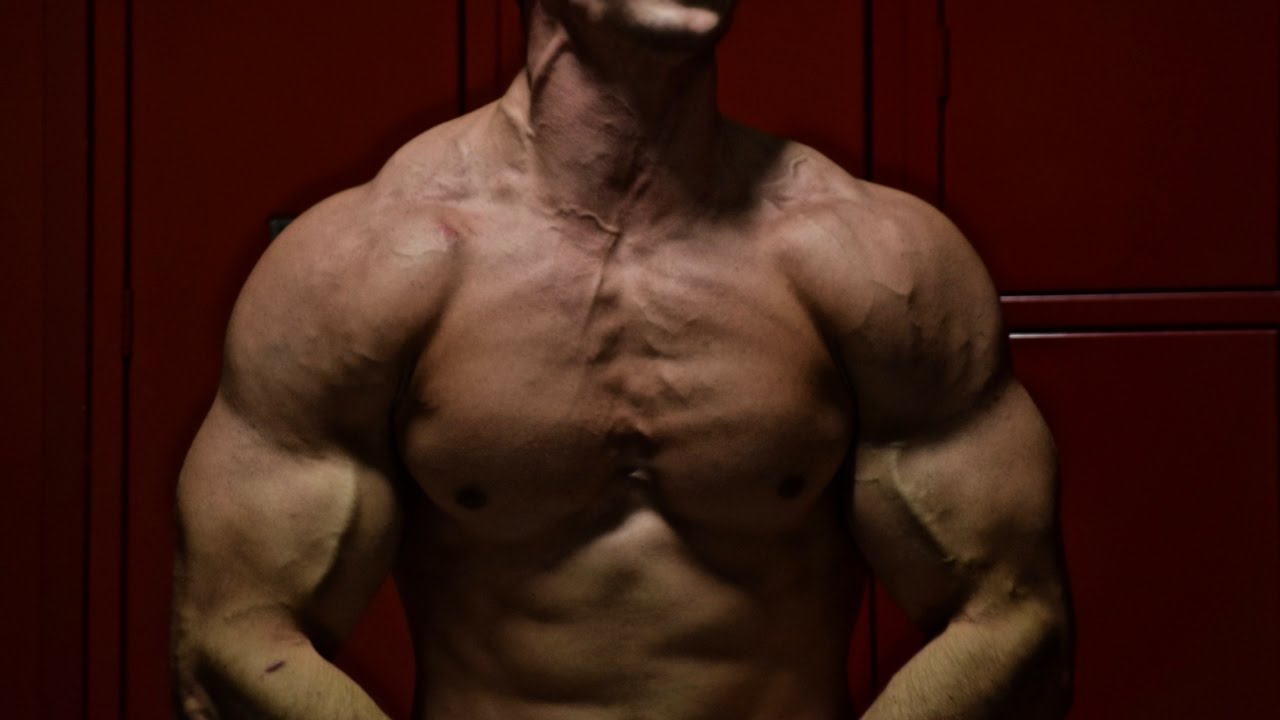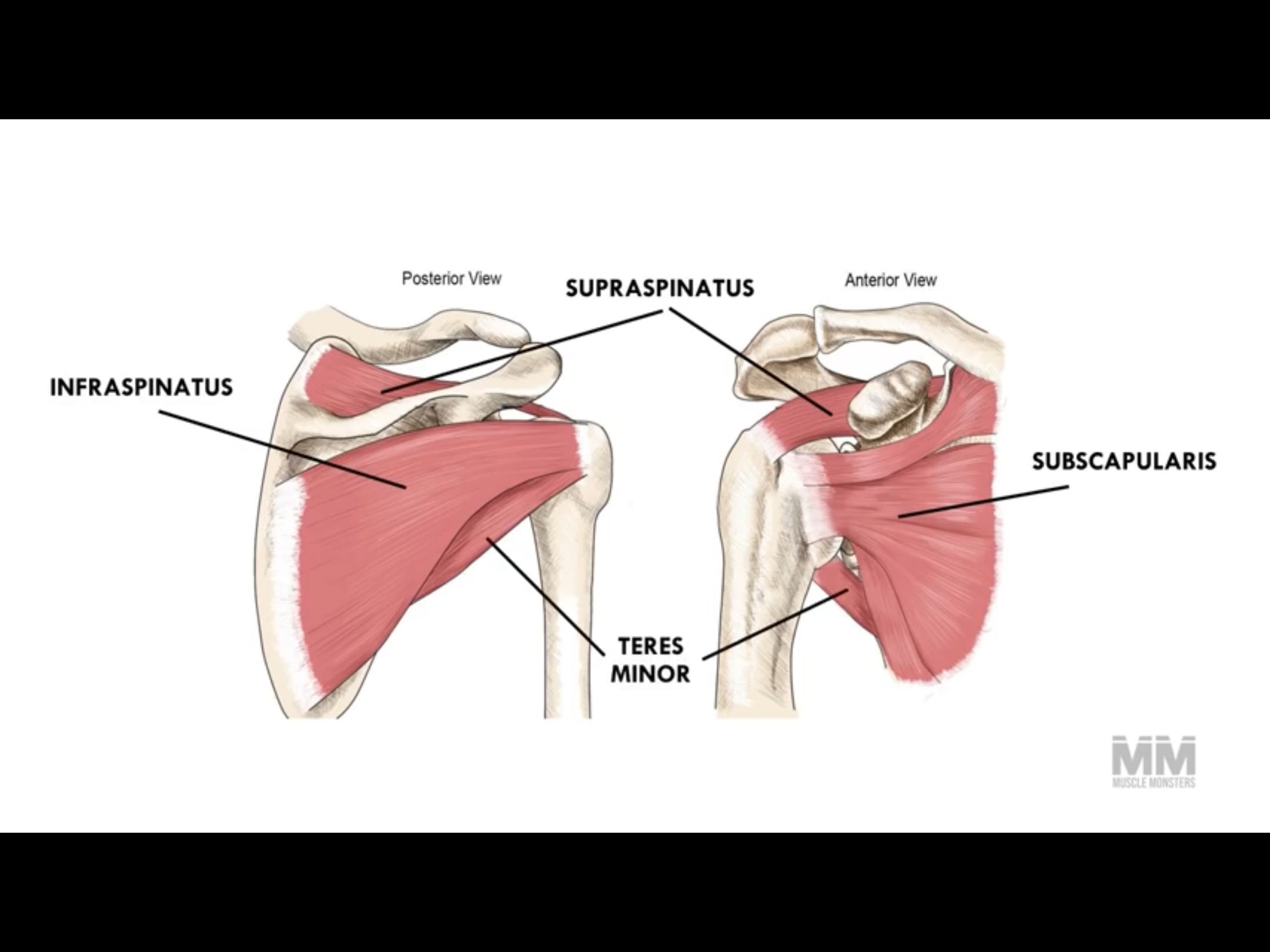Building Broad Shoulders
While they’re often not prioritized as much as other body parts, the shoulders are the cornerstone for building a muscular frame.
When fully developed they can drastically change your appearance in clothing. This is because the shoulders are much bigger than the pectorals and the traps (see How to Fill Out Shirts With A Muscular Frame).
Training the deltoid muscles that make up the shoulder begin to create the illusion of the ‘V-Taper’, where the upper body looks much wider in ratio to the waist. The smaller the waist circumference the more the V-Taper appearance is exaggerated.
Of the three muscle fibers of the shoulder, the lateral and posterior delts are the most important to develop to give a “capped” look. This is what makes the shoulders have the coveted “3-D” shape.
To target the two deltoid muscles best, the appropriate exercises should be incorporated into your training program. In addition, the shoulder muscles must be properly conditioned to prevent future injuries as you make progress with your development.
How to Build 3-D Delts
The shoulder muscle group is composed of three muscle fibers known as the deltoids. The three heads names are referred to their position to the body; anterior, lateral, and posterior.
As mentioned before, the lateral and posterior are the most important when it comes to full development of the shoulders.
The anterior head of the deltoid receives plenty of stimulation from pressing movements directed away from the body, such as with bench presses and chest dips.
While compound exercises for the shoulders will still stimulate the three deltoid heads to a degree, more specific isolation exercises can give you a lot more benefit for the time spent training.
These are some effective exercises you may not be performing right now that can help add some size. These should be done within 10-15 rep ranges for 3 sets:
Shoulder Conditioning
The shoulder is muscle group that has an extensive range of motion, many of which are aided by a smaller group of muscles to help with stabilization.
This stabilizer group is known as the rotator cuff, which consists of the infraspinatus, supraspinatus, subscapularis, and teres minor skeletal muscles. Injuries with the rotator cuff from shoulder exercises stems from a few fallacies from trainees.
Improper technique is very common, but poor posture and conditioning are also primary factors.
As weights are progressed into heavier loads, it’s important to strengthen and condition the smaller muscles in the shoulder region. Impingement of the rotator cuff muscles are the common causes of shoulder pain.
To avoid injuries while training shoulders, it’s best to have a couple of precautionary measures met to guide you.
First, avoid going heavy on any of the isolation exercises. While it is important to have progressive overload to develop the muscle, it’s much effective to have controlled movements with time under tension.
The next precaution you want to take is avoiding training the shoulder muscle group more than once a week. As some individuals tend to train shoulders more if they’re lagging in this area, training too frequently does not give the appropriate amount of time for rest.
These are a couple of exercises you can do for strengthening shoulder stabilization muscles:
*Supermans
The Wrap Up
To develop the shoulders with a more “3-D” appearance, training the lateral and posterior deltoid heads with specific isolation exercises are most important. After gaining a reasonable amount of strength from compound lifts, these exercises should target these muscle fibers better than most barbell or dumbbell lifts. Take precaution when making incremental weight progress training shoulders and make sure to maintain conditioning of your rotator cuff over time.




Leave a Reply
You must be logged in to post a comment.